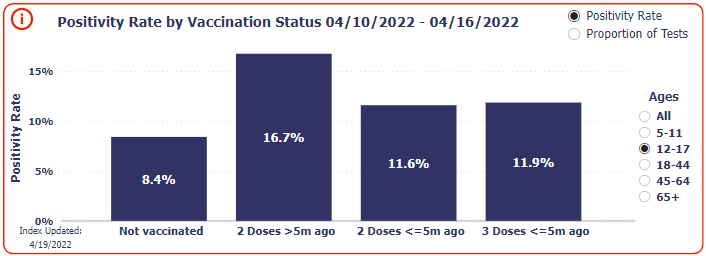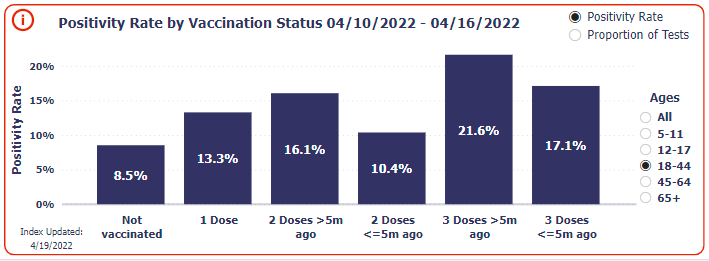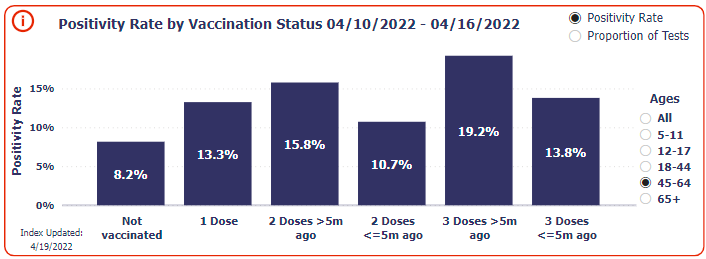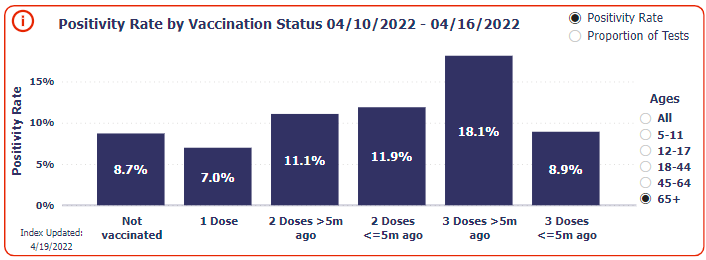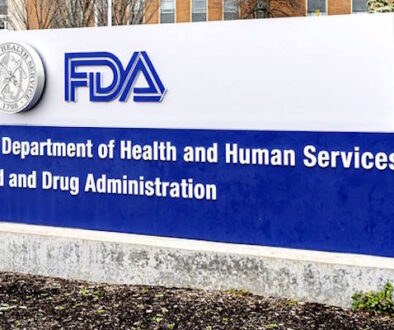Walgreens Testing Data: Best Way To Avoid COVID? Don’t Get The Jab
Imagine a pharmacy obsessively promoting availability of a vaccine over every inch of its store, while its own data shows there are more infections among those with the jabs. The data is in plain sight for all to see, yet there is no self-awareness from Walgreens because money and power trump reason, compassion, and regard for health outcomes. The company’s latest data actually shows that the more they make money on vaccines, the more they make money on selling you tests, because after being jabbed, you sure will need them!
At the risk of causing one more set of data to disappear from the internet, I draw attention to the Walgreens COVID-19 Index, which posts the weekly number of tests administered, percentage of positives broken down by vaccination status, and age brackets of each permutation. You know, the sort of useful information countries like the U.K. published but that our own CDC artfully avoided showing the American people. Here is the bar chart worth more than 560 million vaccine doses!
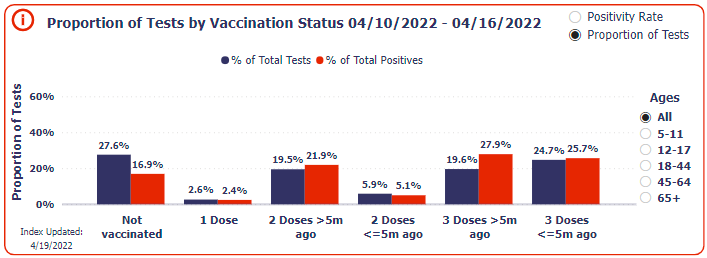
As you can see, even though the boosted represent just 30% of the population, they accounted for 53.5% of the positives among the sample of over 60,000 tests administered by Walgreens stores nationwide during the week beginning April 5. The unjabbed accounted for just 17% of the positives, lower than their share of the population.
Also of note is that the unvaccinated had, by far, the lowest positivity rate of all of the cohorts.
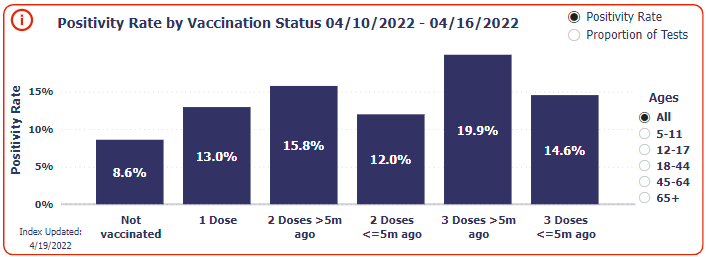
Until now, the pharma-paid “fact-checkers” suggested that somehow the reason we are seeing a higher percentage of cases among the jabbed is because they have a culture to test more often than the careless unvaccinated rubes. But this data shows that the unvaccinated actually test more than anyone else, presumably because of workplace testing mandates on those without the shots. This means that there is no undercurrent of uncounted cases among the unvaxxed relative to the jabbed.
The real appalling data is among kids. For those ages 5-11, just 39% of the cases were among the unjabbed, even though they account for 65% of this age cohort.
What is also evident from this data is that the shots seem to go negative as time progressives, as both in the double-jabbed and triple-jabbed cohorts, there was a greater proportion of cases among those who were five months out from their last shot. The data seem to indicate a cumulative effect of negative efficacy that gets worse with each jab, after a short period of slight gains. This works harmoniously with numerous data points we’ve seen from other countries and other studies.
Yes, we understand this is not a well-designed triple-blinded randomized controlled trial, but in the absence of any other data, it sure seems that all of the data we do have paints the same picture. The shots rapidly wane and then go negative. Boosters might temporarily staunch the bleeding, but then you are fighting against rapidly intensifying immune suppression, which engenders an even greater need for more boosters, almost like with a heroin addict.
Even vaccine cheerleader Dr. Paul Offit conceded in a letter to the New England Journal of Medicine that there is a real concern of the shots inducing a form of immune suppression known as original antigenic sin. In arguing for a more focused approach to boosters, the pediatrician and immunologist admitted that “boosters are not risk-free” and that “we need to clarify which groups most benefit.”
For example, boys and men between 16 and 29 years of age are at increased risk for myocarditis caused by mRNA vaccines. And all age groups are at risk for the theoretical problem of an “original antigenic sin” — a decreased ability to respond to a new immunogen because the immune system has locked onto the original immunogen. An example of this phenomenon can be found in a study of nonhuman primates showing that boosting with an omicron-specific variant did not result in higher titers of omicron-specific neutralizing antibodies than did boosting with the ancestral strain. This potential problem could limit our ability to respond to a new variant.
In Feb., NIH researchers published a paper in which they admitted original antigenic sin is a real possibility with these shots. “The observation that boosting with either mRNA-1273 or mRNA-Omicron resulted in the expansion of a similarly high frequency of cross-reactive B cells likely stems from the principle of original antigenic sin, otherwise termed antigenic imprinting, whereby prior immune memory is recalled by a related antigenic encounter,” observed the authors.
There is strong evidence from countries in the Pacific Rim, such as New Zealand, that those with more shots are being hammered by the new variants more than the unvaccinated. Original antigenic sin would be a very logical culprit, given that we keep vaccinating for a version of the virus that is obsolete, thereby training the body to respond improperly to the new variants. Pfizer promised an Omicron version of the shot by March, but now suggests it will come out in the fall, even though we are already on to newer variants!
Recently, Stanford researchers found that “prior vaccination with Wuhan-Hu-1-like antigens followed by infection with Alpha or Delta variants gives rise to plasma antibody responses with apparent Wuhan-Hu-1-specific imprinting manifesting as relatively decreased responses to the variant virus epitopes compared with unvaccinated patients infected with those variant viruses.” They note that “the extent to which vaccine boosting or infection with different variants will” induce original antigenic sin “will be an important topic of ongoing study.”
Important indeed. But if I remember correctly, we typically study a potential problem with a therapeutic before mass marketing and even mandating it on the public. After all, it’s only the immune systems of an entire world of people on the line.
Additional Data (not found in original article)
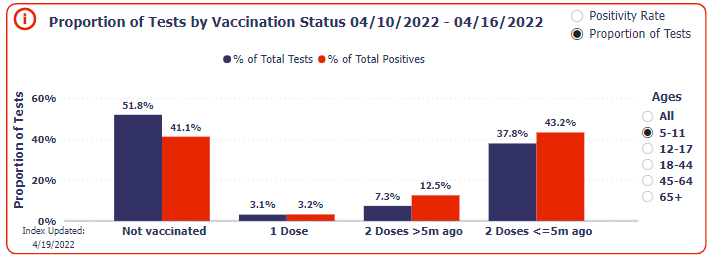
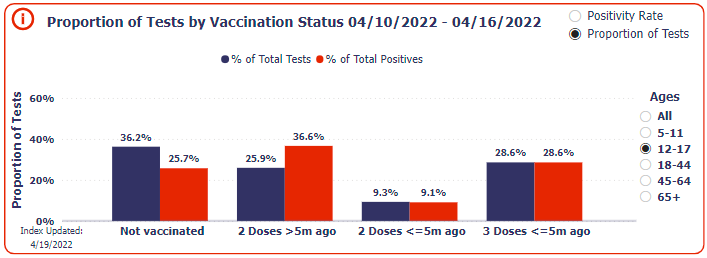
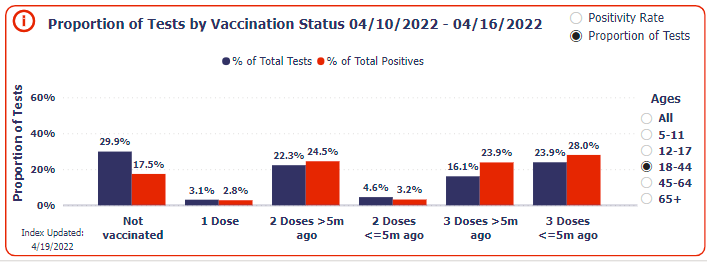
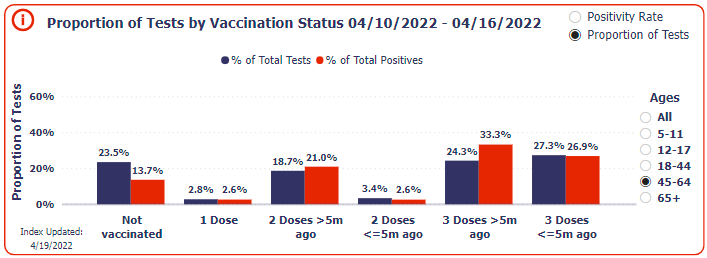
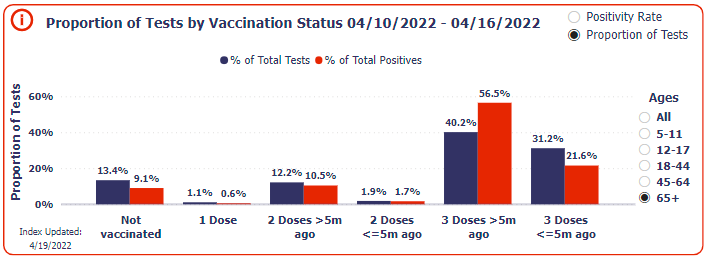
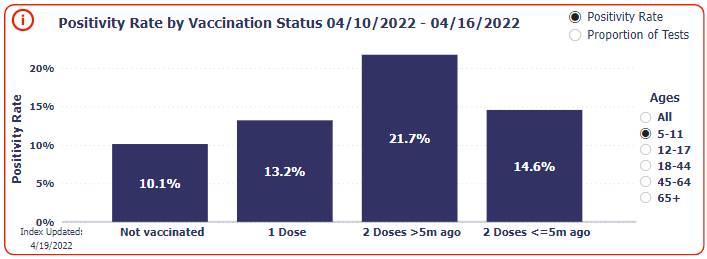
Sources:
https://www.theblaze.com/op-ed/horowitz-walgreens-recorded-who-tested-positive-for-covid-and-the-results-might-surprise-you
https://www.walgreens.com/businesssolutions/covid-19-index.jsp


